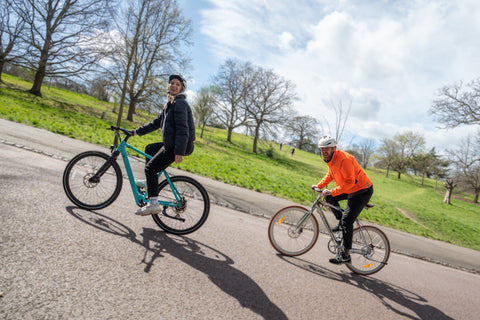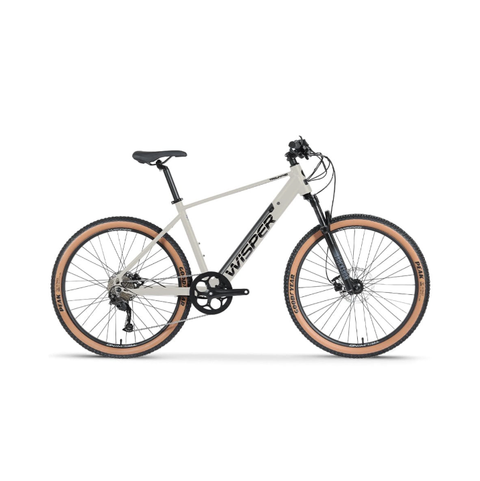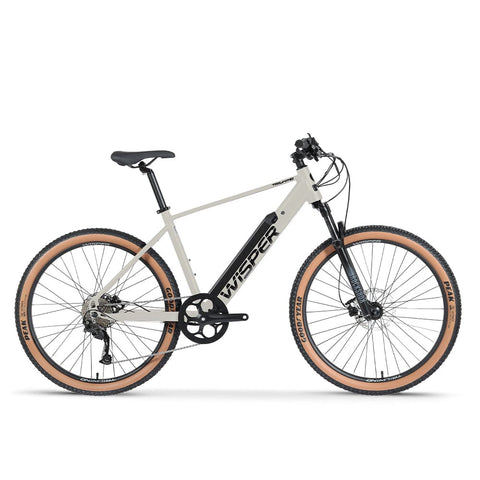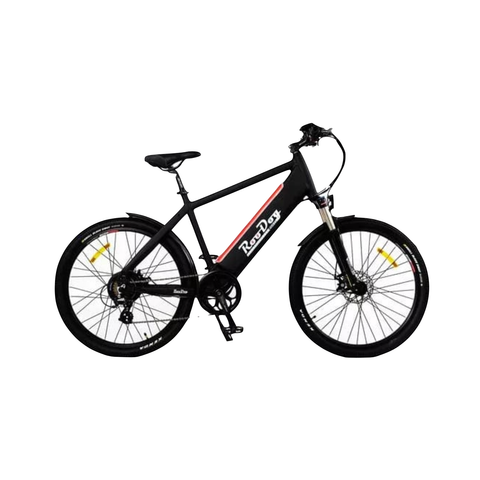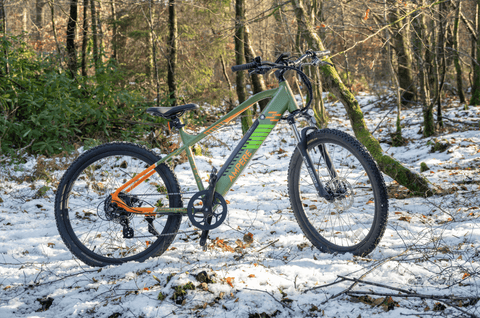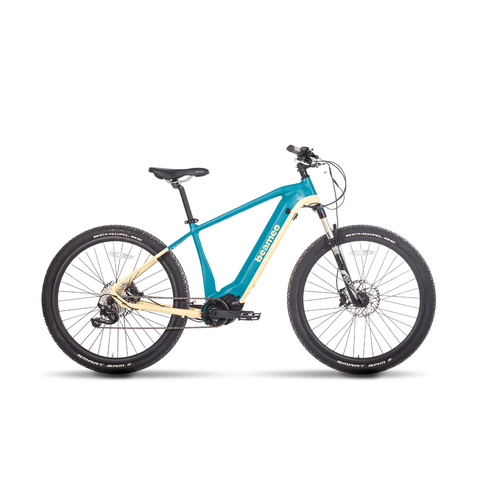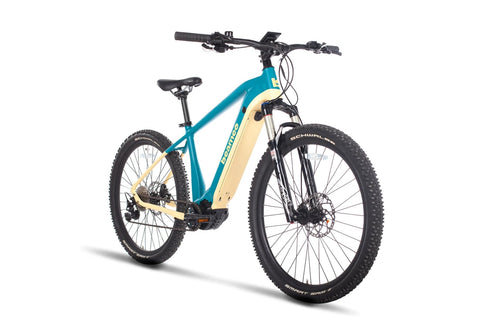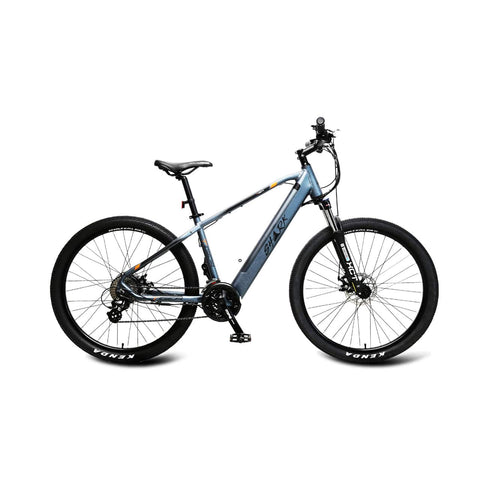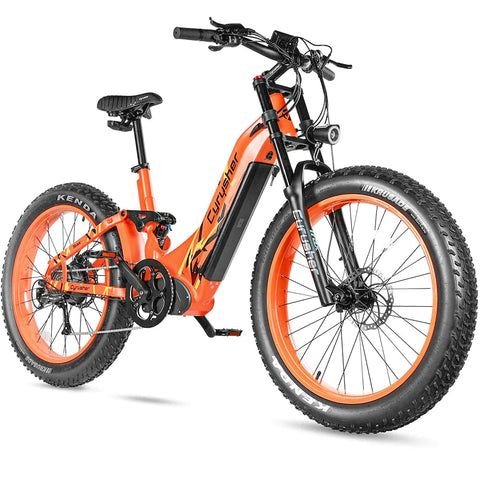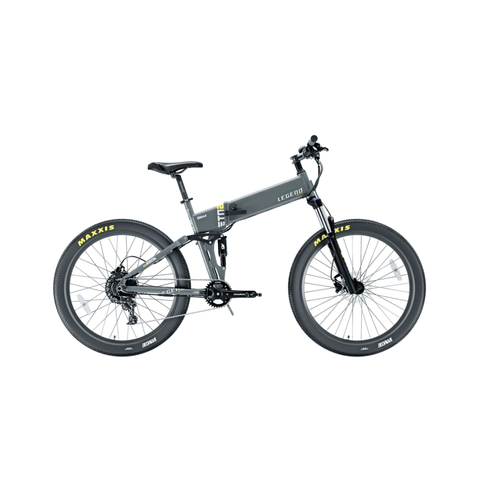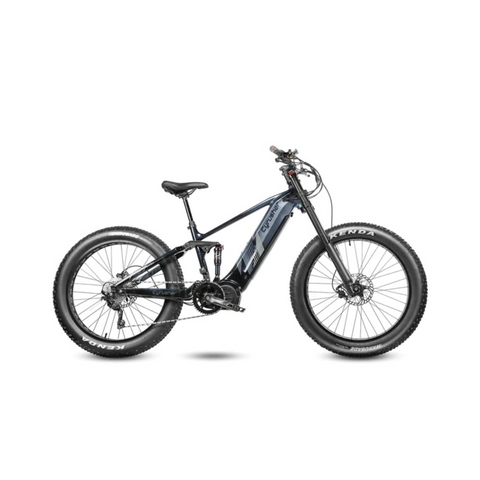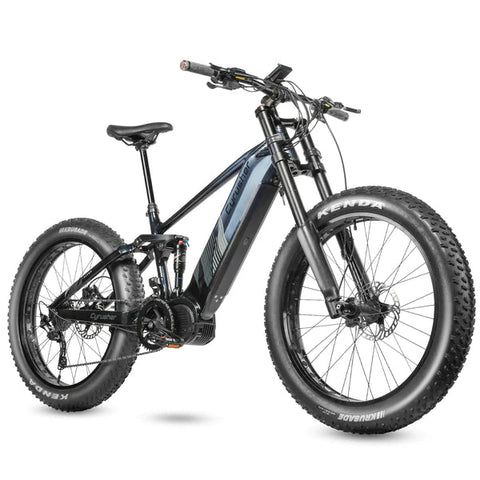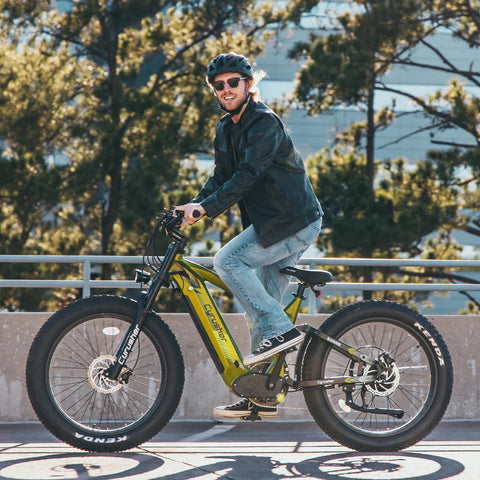Technical details about electric bike electric motors can cause blank looks. From watts and kilowatt hours to amps and volts, it can seem a daunting area if you’re not a qualified electrician.
In the UK, all road-legal ebikes can have an electric motor with a power output of up to 250 watts (W), and most have exactly that.
But power isn’t the only measure of how much oomph an e-bike has. Understanding torque, how it works and how it impacts your electric bike riding experience will help you decide what specifications you should be looking at, whether you’re commuting through city streets, exploring rugged trails or something in between.
Summary
| Regular torque | Medium torque | High torque | |
| Measurements | 40-60Nm | 60-80Nm | 80Nm+ |
| Feel | Normal | Punchy | POWERRR!! |
| Battery impact | Normal | Minimal impact over normal | Higher, but battery spec compensates |
| Best for | Commuting, leisure | More oomph and heavier work | Off-roading, cargo, fun |
What is torque?
When we talk (no pun intended) about torque on electric bikes, we mean the rotational force generated by the motor to propel the bike forward, and it’s measured in Newton metres (Nm).
How much torque an e-bike has will have a major bearing on its overall performance and efficiency. Because of the UK’s laws regarding power it’s almost a given that a bike will have a 250W motor, but its torque capability will dictate its capability on more challenging terrain and how fast it can accelerate.
A bike with more torque will cost more - but it will accelerate faster and be better able to conquer hills.
How much torque do I need on my ebike?
Several factors will determine how much torque you need for your electric bike, not least how heavy you are, how you intend to use the bike and on what kind of terrain you intend to ride it. This is a rough guide to the torque figures you should be looking out for on bikes for different types of use.
If city commuting is your main aim, with largely flat or gently sloping roads and cycleways, you don’t need loads of torque. Most entry-level 250W bikes have 40Nm of torque and that should be plenty for most people. If you want a bit of extra zing to the acceleration, or if you’re carrying extra weight, you could up that to 60Nm.
Live in a hilly area? If your bike regularly needs to haul you and your stuff up anything more than a gentle slope, look for a bike with between 60Nm and 80Nm of torque.
Likewise if you’re looking for a cargo e-bike, which is likely to be heavier than a normal bike and carry larger loads, then you’ll want at least 70Nm.
For off-road bikes, such as e-mountain bikes, you’ll again be looking for lots of torque – at least 80Nm.
What kind of bikes have lots of torque?
High-torque motors are generally fitted e-bikes designed for rugged terrain or to carry heavy loads (or both). Electric cargo bikes and the best electric mountain bikes are particularly notable for having motors with plenty of torque to carry out their duties.
What does a bike with lots of torque feel like to ride?
Jump on an e-bike with a torquey motor and it’ll feel considerably beefier than a regular model. You should notice more responsive acceleration and a general effortless feel to any riding that requires extra muscle power, such as climbing hills and going over rough terrain. It feels more powerful, even though technically, it’s torque, not power that gives its more dynamic riding experience.
Does it cost more to have an e-bike with lots of torque?
Generally speaking, bikes with more torque have a higher price tag. This is because the motors and frame have to be stronger to cope with the extra forces involved, and more advanced to generate the extra torque in the first place.
What impact does torque have on an electric bike battery?
You can’t produce energy from nowhere, so an electric bike with higher torque will drain more of its battery than a motor with lower torque. However, manufacturers normally factor this in when deciding on the specification of the battery. Range is generally what you’d expect from other bikes.
Of course, many high-torque electric bikes are designed for relatively strenuous work, and by their nature will be worked harder by their riders than a “normal” ebike. This means they could put extra strain on the battery and drain it faster, but that’s through usage rather than particularly its high-torque specification.
Verdict
A large number of the e-bike-buying public don’t really need to worry about torque – for most people, a regular 40Nm electric motor will do everything they need it to. But if you’ve got a thirst for extra acceleration, a need to carry extra cargo or a desire to go off the road and into more challenging terrain, then you might want to look for something beefier. Ultimately, it’s very simple – the higher the torque number your e-bike has on its spec sheet, the more oomph it’ll give you.
PS The other time you'll come across torque is the type of sensor used to determine how fast or hard you are pedalling. Here's an explanation of torque sensors vs cadence sensors.
Bio
Phill Tromans has been a journalist and reviewer since 2001. As both a keen road cyclist and car aficionado, he’s fully embraced the concept of e-mobility, and while he still loves pure pedal power, he also likes not being a sweaty mess at the end of every bike ride.

